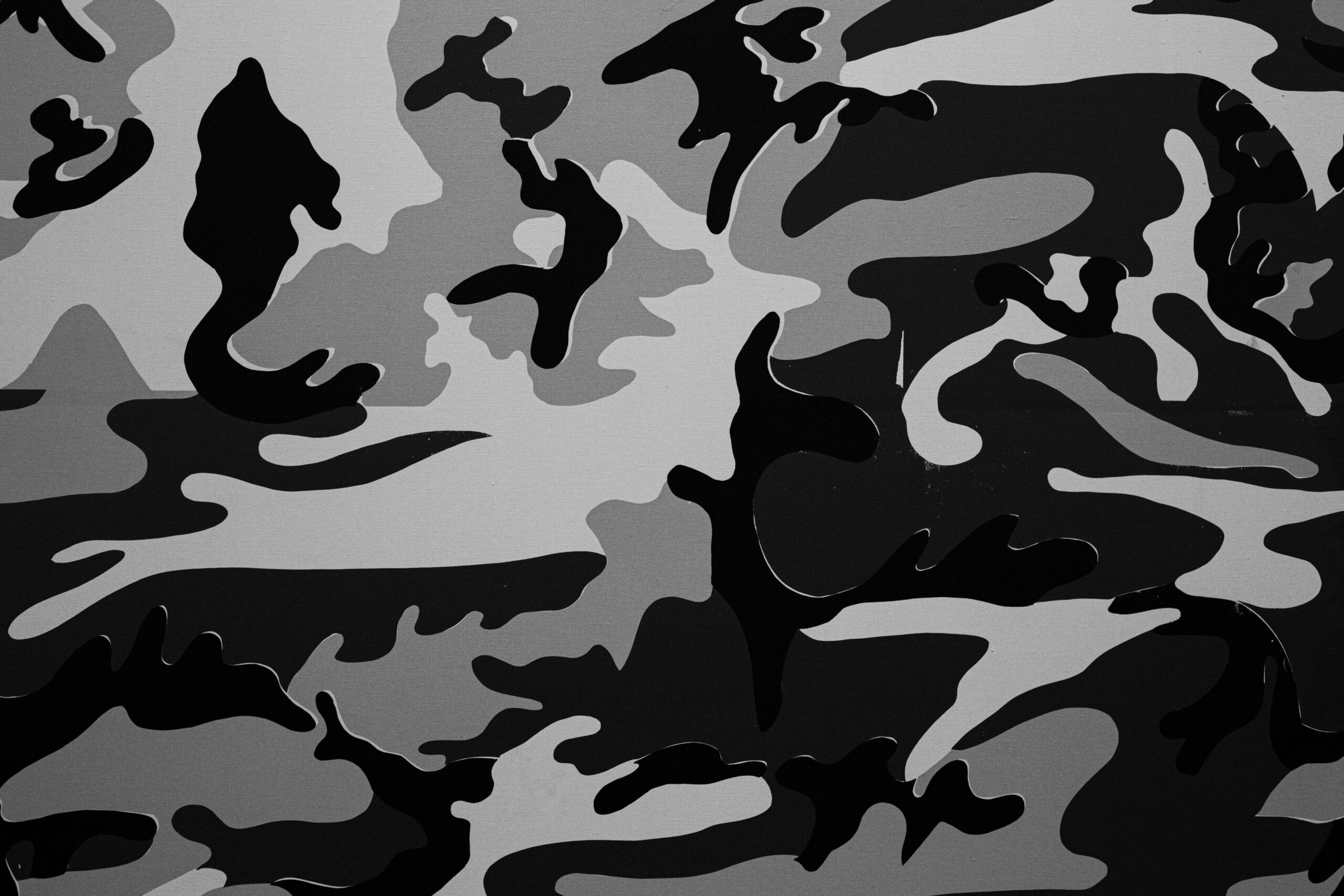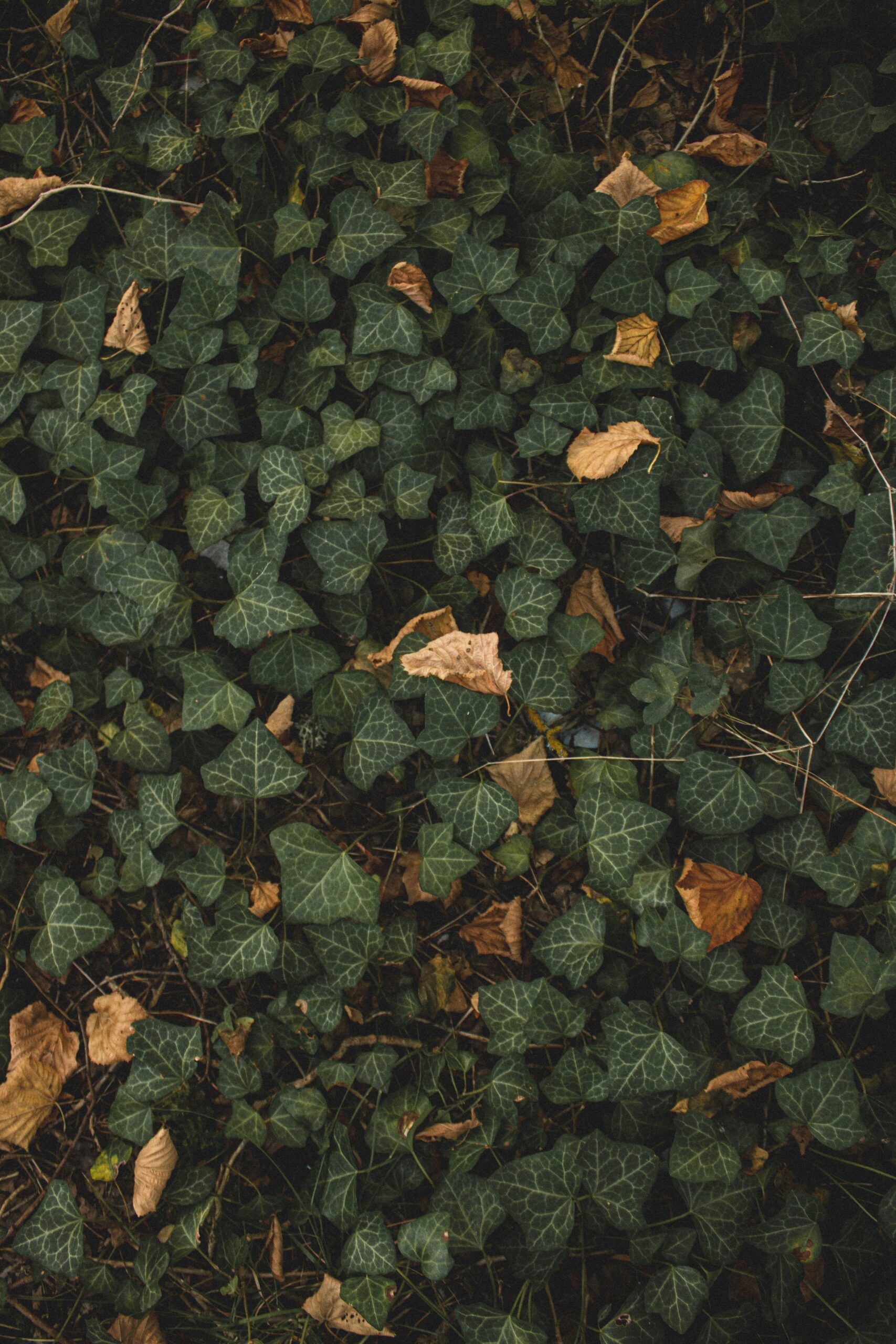How confident are you in your ability to hide in plain sight when you’re out in the wild? You might think that you’re naturally skilled at blending in, but there’s actually an art to using natural camouflage effectively. This isn’t about slapping on some leafy green paint or wearing that camo-patterned jacket you bought because it was on sale. No, it’s about becoming one with the environment, embracing the art of invisibility like a creature of the forest.
Mastering the art of camouflage can significantly enhance your outdoor experiences—whether you’re an avid wildlife observer, a dedicated hunter, or simply enjoying nature with minimal disruption to the surroundings. So, are you ready to become the kind of person that even the squirrels won’t notice?
Understanding Camouflage: More Than Meets The Eye
Let’s start with the basics. What really is camouflage? In the simplest terms, it’s the art of blending into your surroundings. But trust me, there’s a bit more to it than just disappearing into a background. Camouflage relies on a variety of techniques that mimic the natural environment, allowing you to go unnoticed. In nature, animals have perfected this; their patterns, colors, and textures are all about survival. Are you as naturally well-equipped as a chameleon or a snow hare? Probably not, but you can learn from them.
The Science of Camouflage
Camouflage is not just art; it’s science. When you use camouflage, you are engaging the senses—particularly sight. Color, shape, and shadow all play a part in how effectively you blend into the environment. Your body’s silhouette can either betray or protect you based on these factors. Understanding the interplay of light and shadow and how colors blend and contrast is crucial. You want to become part of the picture, not just an awkward splash of green in a golden field.
Mimicking Nature’s Masters
Look to the experts for inspiration. Animals have evolved over millennia to disappear when necessary. Tigers, for example, rely on disruptive patterns that break up their outlines effectively in tall grass. Stick insects, meanwhile, take mimicry to another level, looking indistinguishable from twigs. Consider which creatures inhabit your environment and take notes. Imitation, they say, is the sincerest form of flattery. In this case, it’s also the most effective camouflage strategy.
Preparing for the Wild: What to Know Before You Go
Preparation is the secret ingredient in any successful adventure into the wild. Just as you would pack survival gear, prepping your camouflage setup is essential for blending in with Mother Earth. Ironically, looking like you belong in your environment doesn’t come naturally for us domesticated humans.
Assessing Your Environment
Before anything else, assess the specific environment you will be entering. Is it a dense forest or a desert plain? Is it winter or summer? The key to blending in is to observe the colors and patterns around you. Lush green forests will require different gear than a snowy landscape. Make a mental or, better yet, a physical checklist of the elements around you. Textures, colors, and shapes are your new best friends.
Choosing the Right Gear
Gear isn’t everything, but it sure helps. Opt for multi-layer clothing that reflects the colors and patterns of your environment. Textures matter too; reflective surfaces or shiny fabrics obviously won’t help you hide. Good camouflage clothing mimics the depth and layering of natural surroundings. Think about additional accessories like hats, gloves, and even face paint or masks that can help you disappear into your setting instead of standing out.

Techniques for Effective Camouflage: Become One With Nature
We’ve covered the basics, so now let’s get into the heart of it—how to effectively camouflage yourself in various scenarios. Forget what you thought you knew about blending in. It’s time to think outside the traditional box of green and brown.
The Art of Mimicry
Mimicry isn’t just for the insects. You can also employ mimicry by incorporating natural elements into your appearance. This could mean using leaves, branches, or mud to match your surroundings more closely. This isn’t just for aesthetics; lying around with the right materials can disrupt your outline and make you less visible. But do remember, there’s a fine line between blending and obstructing your movement. Make sure whatever you use doesn’t hinder your ability to move naturally.
| Technique | Description |
|---|---|
| Silent Movement | Move slowly and deliberately—quick movements attract attention. |
| Texture Matching | Incorporate natural textures like leaves or mud to break up your shape. |
| Scent Masking | Reduce or mask your scent to remain undetected by wildlife. |
Disruption Patterns
If animals have taught us anything, it’s that disruptive patterns are effective. These patterns confuse the eye and break up outlines, making it harder for observers to pick out your shape. This doesn’t necessarily mean stripes or spots; it could be a blend of colors that match the dappled light of a forest or the shadows of a rocky terrain. Match your gear to these natural inconsistencies, and you’re on your way to blending perfection.
Natural Movement
Stand still and you might just be a shrub or a rock. But start prancing around, and all wildlife will take notice. Movement is one of the largest giveaways of your presence. Practice walking quietly, minimizing sound, and moving naturally with purpose. Imagine you’re just another part of the environment, experiencing it as gently as possible.
Scent and Sound: The Invisible Elements
While sight is our dominant sense, animals often rely on scent and sound. If you’re planning on getting close to wildlife, learn how to mask or minimize your scent. Unscented products and avoiding fragrant foods can be beneficial. Additionally, the quiet crunch of leaves or snapping branches can give you away faster than you realize. What sticks out to us as small sounds are amplified for creatures with sharp hearing.
Best Practices and Tips: Fine-Tuning Your Techniques
Great, you’ve made it to the advanced class. These are some best practices to refine your camouflage strategy and ensure you are effectively hidden from both keen-eyed animals and curious humans.
Layering Your Camouflage
Just like with any stylish ensemble, layering can be useful in camouflage. Multiple thin layers allow you to adjust to changing climates and environments. You can modify colors by removing or adding layers, giving you greater flexibility. Be mindful of bulk, though; the aim is to blend in, not to make more rustling noise than a hedgehog breakdancing through the underbrush.
Weather Awareness
Environmental conditions can change unexpectedly, and knowing what weather to expect will save you time and effort. If a surprise downpour hits, greens may turn to dark browns or blacks. Bright sunlight will have everything reflecting differently than the soft light of dusk. Prepare accordingly, keeping in mind that your shiny, rain-damp jacket may need to be covered with something more matte.
Practicing in Your Environment
Before you brave the great unknown, practice is key. Familiarize yourself with your gear in controlled environments before you head out. This could be anywhere from your backyard to a local park. Understand how your movements affect your presence, which sounds you create wearing different materials, and how well you genuinely blend with your practice environment.
Working with a Buddy
Like any skill, having a second opinion can wildly improve your technique. Partner with someone you trust to critique your efforts. Switching roles between being the camouflaged and the observer provides insights into how effective you truly are. This role-playing exercise can refine your skills and increase your confidence out in the wild.

Safety and Ethical Considerations: Be a Respectful Guest
While camouflage can definitely put you in stealth mode, there’s a need for mindfulness to ensure that you’re not overstepping boundaries—both ethical and personal.
Respect for Wildlife
While you’re out there, remember that this isn’t your home. You’re a visitor, and the animals live there full-time. Camouflage can lead to closer encounters with wildlife than usual, and it’s crucial to tread lightly—figuratively and literally. Minimize stress on animals by maintaining appropriate distances and moving away if you notice signs of distress. The goal is to observe or experience, never to interfere.
Personal Safety
No matter how skilled you become at camouflage, personal safety should always be your top priority. Inform someone about your plans and your expected return time if you’re going out alone. Carry necessary survival gear, remain aware of your surroundings, and have a way to call for help if required.
Environmental Impact
Your efforts to blend shouldn’t damage the environment. Avoid breaking branches or disturbing natural habitats for the sake of camouflage. Work with what’s naturally discarded or unattached, and always put things back as they were, leaving the place as untouched as possible.
Conclusion: Embracing Your Role in Nature’s Beauty
Congratulations on making it through this wild ride on natural camouflage! You are now equipped with the skills to blend seamlessly into the world around you. Remember, the essence of camouflage isn’t about being invisible; it’s about existing harmoniously within a living tapestry. Your goal is to interact with nature in a way that leaves no trace behind—both figuratively and literally.
So, next time you’re out in the wild, take a moment to observe more than just the grand landscapes or the stunning wildlife. Notice the intricate details, the subtle play of light and shadow, and the music of the natural world. It is in these moments that you truly start to become one with your surroundings. Enjoy your adventures, and may you remain unseen to those who seek you—but ever aware of the endless beauty around you.


